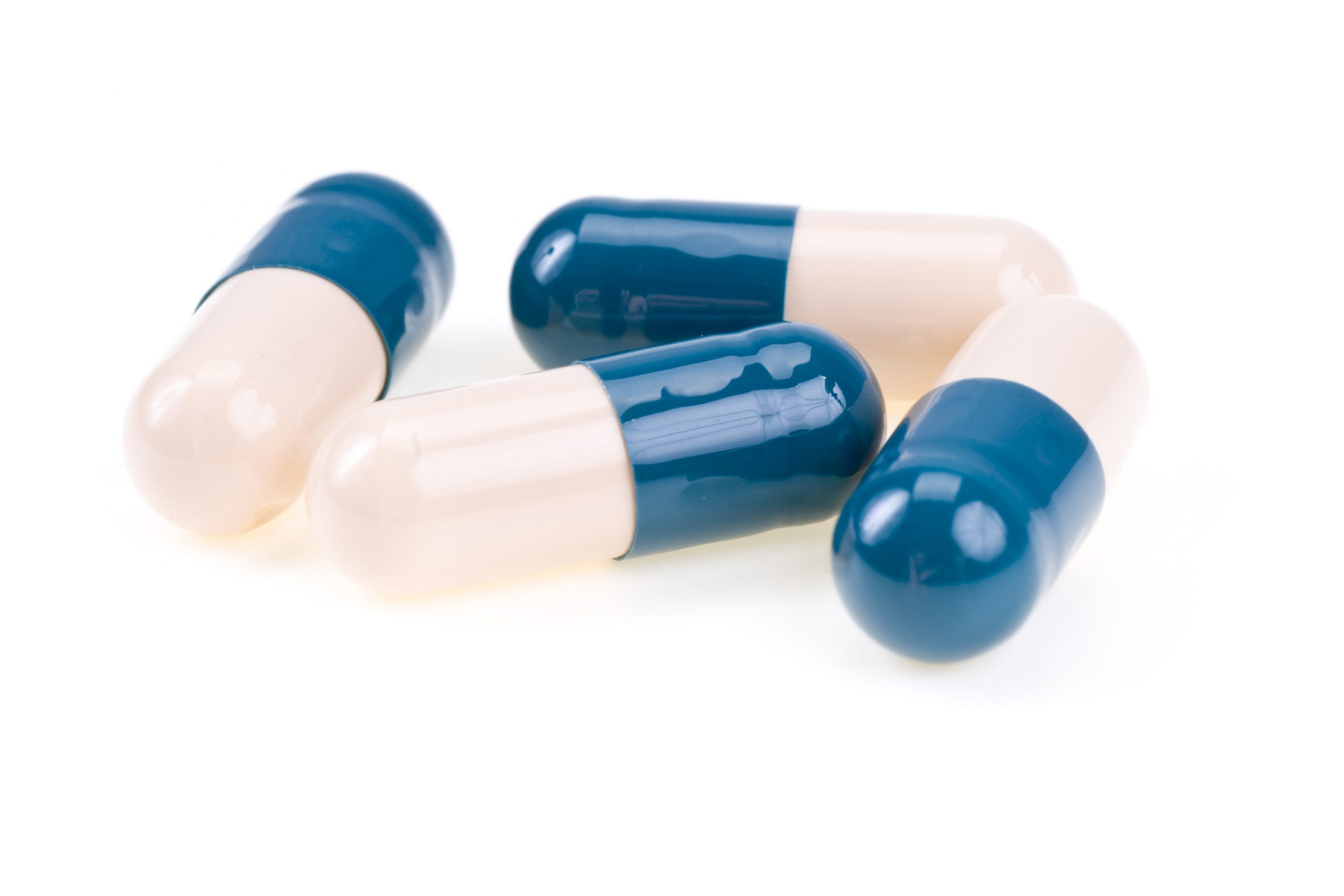 Written by Harry Wolf,
Written by Harry Wolf,
Plantar heel pain… When clinicians evaluate this, they rely on structured assessment methods to identify symptom patterns, determine underlying causes, and guide effective treatment.
By combining patient history, physical examination, functional testing, and selective imaging, practitioners can accurately differentiate plantar fasciopathy from other conditions – and develop targeted management strategies.
Clinical Interviews and Patient History
A thorough clinical interview is one of the most efficient ways in which clinicians begin evaluating a patient’s plantar pain. It is foundational to building a clear diagnostic pathway.
This step allows clinicians to collect information that reveals:
- Symptom characteristics.
- Functional limitations.
- Potential contributing factors.
In settings that prioritize accuracy and efficiency, gathering patient history early on ensures that later assessments are targeted and relevant. Thus, the need for unnecessary testing or redundant procedures is reduced.
Asking Questions
Clinicians typically begin by having the patient describe the onset and progression of their heel pain.
(As you may know: plantar fasciopathy commonly develops gradually.)
Many patients report that their symptoms began after an increase in:
- Standing time.
- Walking distance.
- Repetitive impact activities.
Understanding whether the symptoms emerged suddenly or progressively helps clinicians distinguish between soft tissue irritation, structural injury, and conditions that may have systemic origins.
And patients are often asked to describe specific behaviors of their symptoms throughout the day.
The classic morning pain pattern associated with plantar fasciopathy is an important diagnostic clue. And identifying whether symptoms improve with initial movement offers additional clinical value.
Another key line of questioning focuses on occupational and lifestyle factors.
Individuals who stand on hard surfaces for extended periods – such as food service workers or manufacturing employees – tend to experience increased mechanical stress on the plantar fascia.
Similarly, athletes who abruptly change their training volume – or footwear – may develop symptoms that are related to overload.
By clarifying such details, clinicians can determine whether daily load patterns are consistent with typical presentations of plantar heel pain.
Looking at Medical History
Clinicians also review the patient’s medical history – to assess whether underlying health conditions could contribute to symptom development or delayed tissue healing.
Conditions such as diabetes, rheumatoid arthritis, thyroid dysfunction, or chronic obesity can influence how tissues respond to mechanical stress.
Patients may also have a history of lower extremity injuries, gait alterations, or previous foot conditions that lead to compensatory movement patterns.
Noticing Red Flags
In addition to individual factors, clinicians look for red flags that require further evaluation.
These include:
- Progressive neurologic symptoms.
- Night pain that is unrelated to activity.
- Unexplained swelling.
- Bilateral symptoms without clear mechanical triggers.
Identifying such findings early on plays an important role in determining whether referral or additional testing is necessary.
The clinical interview gives clinicians a solid foundation to guide physical examination, functional testing, and imaging decisions.
Physical Examination and Palpation Findings
Physical examination… It is a critical step in diagnosing plantar heel pain, as it provides objective data that directly confirms or challenges the initial impressions formed during the interview.
Efficient assessments typically begin with:
- Palpation.
- Range of motion testing.
- Observation of basic functional movements.
Each of these components helps clinicians identify whether symptoms align with plantar fasciopathy or another condition.
Palpation of the proximal plantar fascia at the medial calcaneal tubercle is one of the most widely recognized and reliable diagnostic indicators. Patients with plantar fasciopathy typically experience sharp, localized tenderness at this point.
The study entitled “Medical imaging for plantar heel pain: a systematic review and meta-analysis,” published by the National Library of Medicine, describes this specific palpation finding as one of the most reproducible markers for diagnosing plantar heel pain.
By confirming localized tenderness, it becomes easy to differentiate plantar fascia involvement from nerve entrapment, fat pad disorders, or bone-related conditions.
As well as focal tenderness, clinicians evaluate soft tissue texture. They note any thickening, swelling, or irregularities along the fascia.
These tissue changes often indicate adaptive responses to repeated mechanical stress.
And palpation along the arch and into the midfoot can reveal whether symptoms are isolated or part of a broader mechanical pattern.
Range of motion assessment complements palpation findings and helps clinicians determine whether mechanical restrictions contribute to the patient’s symptoms.
Visual inspection of foot posture during standing may also reveal pes planus or pes cavus tendencies – both of which influence plantar fascia loading.
In some cases, clinicians also evaluate whether patients are using external devices to support the foot.
This may include footwear modifications or the use of medical-grade Plantar Fasciitis orthotics, which not only cushion the heel but also correct the strain on the plantar fascia band.
Medical-grade insoles address the specific biomechanical issues that cause an individual’s plantar fasciitis.
Functional Tests and Mechanical Loading Response
Functional testing provides real-time insight into how the plantar fascia responds to mechanical stress – making these tests highly valuable in an efficient diagnostic process.
Clinicians use functional movements to determine whether symptoms are consistent with plantar fasciopathy and to assess the overall lower extremity performance.
Functional tests not only help confirm a diagnosis. They also guide treatment planning by revealing strength deficits, mobility limitations, or altered movement patterns.
The Windlass Test
You may be aware of the windlass test. It is one of the most important and commonly used functional assessments for plantar heel pain.
By dorsiflexing the great toe and tensioning the plantar fascia, clinicians can provoke symptoms in individuals with plantar fasciopathy.
A positive windlass test supports the diagnosis, especially when combined with the focal tenderness identified during palpation.
The windlass test is particularly useful when symptom reproduction is immediate and localized.
Heel Squeeze Testing
Clinicians use the heel squeeze test to rule out calcaneal stress fractures.
This involves compressing the heel medially and laterally to assess for deep bone pain.
Stress fractures, unlike plantar fasciopathy, typically produce a sharp, deep ache when this test is performed.
A negative heel squeeze test supports a soft tissue origin of symptoms – whilst a positive test helps clinicians determine whether imaging may be necessary.
Activity-Based Provocation Tests
Activity-based tests include heel raises, single-leg balance, and step-down movements. Each of those tests challenges the plantar fascia differently.
Clinicians observe how the patient performs these tasks – looking for abnormal weight shifting, pain triggers, or endurance deficits. These assessments help identify whether the plantar fascia can tolerate functional loading – or whether certain movements consistently reproduce pain.
Also, clinicians often assess whether repetitive loading worsens symptoms over time. For example, performing several consecutive heel raises can reveal fatigue or compensatory mechanics that do not appear during isolated movements.
This process helps clinicians identify whether strengthening, flexibility, or movement retraining should be prioritized when creating a treatment plan.
Integrating Functional Testing Into Diagnostic Reasoning
Functional testing enables clinicians to compare the involved foot with the contralateral limb. Differences in balance, strength, or movement quality often highlight biomechanical contributors – that are not visible during static assessments.
These insights help determine whether plantar fasciopathy is linked to broader kinetic chain dysfunctions, such as:
- Weak hip stabilizers.
- Limited leg flexibility.
Functional tests, therefore, enhance both diagnostic accuracy and treatment efficiency.
Imaging and Evidence-Based Diagnostics
Although plantar fasciopathy is typically diagnosed through clinical examination, imaging plays an important role – when symptoms do not improve as expected or when the diagnosis remains uncertain, that is.
Clinicians use imaging selectively to:
- Confirm soft tissue changes.
- Identify structural abnormalities.
- Rule out alternative conditions.
Ultrasound is often the first imaging choice – due to its convenience, affordability, and ability to visualize soft tissue structures.
Clinicians can measure plantar fascia thickness, identify hypoechoic regions, and assess the presence of perifascial fluid.
According to a study published by the National Library of Medicine, ultrasound findings closely correlate with symptomatic presentations, making it a useful tool in confirming the diagnosis.
And radiographs can help clinicians rule out bone abnormalities.
MRI is reserved for chronic, persistent, or complex cases that require detailed visualization of both soft tissue and bone. MRI can identify: partial tears, chronic degeneration, or bone marrow edema.
So, these steps should be taken:
- Ultrasound.
- Radiographs.
- MRI.
Even when imaging is used, efficient clinicians rely primarily on physical examination and patient interviews to drive diagnostic decisions.
Differential Diagnosis and Condition Classification
Differential diagnosis is essential for efficiently identifying plantar fasciopathy – among the many conditions that can cause heel pain.
Because several disorders share overlapping symptoms, clinicians systematically compare findings from the interview, physical examination, and functional testing – to distinguish between them.
Neuropathic conditions, such as Baxter’s nerve entrapment, often produce burning sensations or radiating pain that is not typical of plantar fasciopathy.
Clinicians test for nerve tension, sensory changes, and symptom patterns unrelated to mechanical load to identify these presentations.
Mechanical conditions (such as fat pad atrophy) create diffuse heel pain that worsens on hard surfaces, contrasting with the localized tenderness characteristic of plantar fasciopathy.
Gait observation and palpation help differentiate these conditions effectively.
Inflammatory or systemic conditions may require laboratory testing when patients have issues like bilateral heel pain or prolonged morning stiffness – or symptoms that extend beyond typical mechanical patterns. Identifying these cases early on ensures appropriate referral.
Condition Classification
Clinicians often classify plantar heel pain into phases such as:
- Acute.
- Subacute.
- Chronic.
This classification helps guide treatment intensity and expectations for recovery.
Acute symptoms may require load reduction and symptom management, while chronic symptoms typically benefit from progressive loading, movement retraining, or supportive strategies that address long-term biomechanical patterns.
Evidence-Supported Approaches
Research published by MDPI highlights this: clinicians using structured classification systems demonstrate greater efficiency and diagnostic confidence.
By integrating classification into differential diagnosis, practitioners can streamline both evaluation and the planning of treatment.
The Bottom Line
Clinicians assess plantar heel pain efficiently by combining:
- Thorough patient interviews.
- Targeted palpation.
- Functional testing.
- Selective imaging.
These strategies allow practitioners to differentiate plantar fasciopathy from other conditions, classify symptom stages, and guide evidence-based interventions.
Author bio: Harry Wolf is a freelance writer. For almost a decade, he has written on topics ranging from healthcare to business leadership for multiple high-profile websites and online magazines.
References
- Mayo Clinic Staff, Plantar fasciitis, Mayo Clinic, 2023.
https://www.mayoclinic.org/diseases-conditions/plantar-fasciitis/symptoms-causes/syc-20354846
- Rodseth, Merinda, Bell, Jess, Jackson, Kim, Jaraczewska, Ewa, Ogunleye, Olajumoke, Saban, Bernice, Assessment of Plantar Heel Pain – A Literature Review, Physiopedia.
https://www.physio-pedia.com/Assessment_of_Plantar_Heel_Pain_-_A_Literature_Review
- Unauthored, How should I assess a person with suspected plantar fasciitis?, National Institute for Health and Care Excellence, 2024.
https://cks.nice.org.uk/topics/plantar-fasciitis/diagnosis/assessment/
- Nweke, Tonyclinton C., Comprehensive Review and Evidence-Based Treatment Framework for Optimizing Plantar Fasciitis Diagnosis and Management, National Library of Medicine, 2025.
https://pubmed.ncbi.nlm.nih.gov/40717873/
- Drake, Chris, Whittaker, Glen A., Kaminski, Michelle R., Chen, John, Keenan, Anne-Maree, Rathleff, Michael S., Robinson, Philip, Landorf, Karl B., Medical imaging for plantar heel pain: a systematic review and meta-analysis, National Library of Medicine, 2022.
https://pubmed.ncbi.nlm.nih.gov/35065676/
- Alnefaie, Abdulmajeed Muhaysin, Alzahrani, Hosam, Alshehri, Mansour Abdullah, Physiotherapy Management of Plantar Fasciitis: A National Cross-Sectional Survey in Saudi Arabia, MDPI, 2025.
https://www.mdpi.com/2077-0383/14/13/4584
- Akhtar, Amir, Baxter’s Nerve Entrapment, My MSK Clinic.
https://mymskclinic.co.uk/baxters-nerve-entrapment/
Please also review AIHCP’s Health Care Manager Certification program and see if it meets your academic and professional goals. These programs are online and independent study and open to qualified professionals seeking a four year certification

 Written by
Written by 

 Written by Veronica Turner.
Written by Veronica Turner. Written by Esmu Wang.
Written by Esmu Wang. Written by Ava.
Written by Ava. Written by
Written by  Written by Charles Schubert.
Written by Charles Schubert. Written by Charles Schubert
Written by Charles Schubert